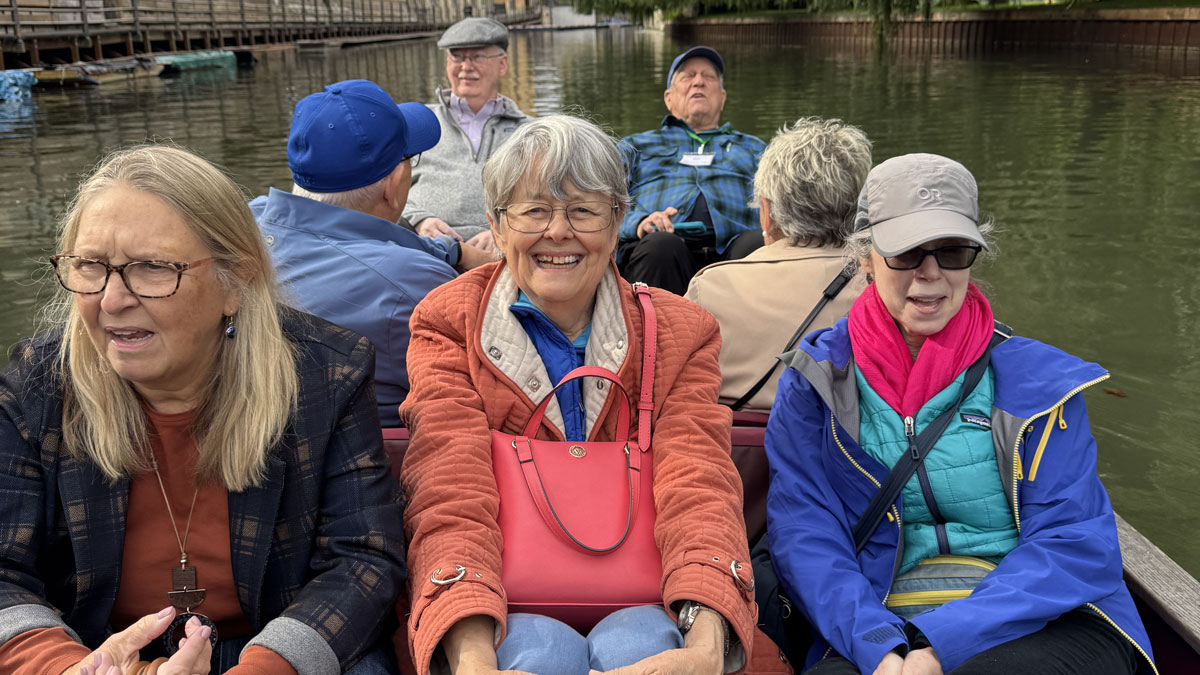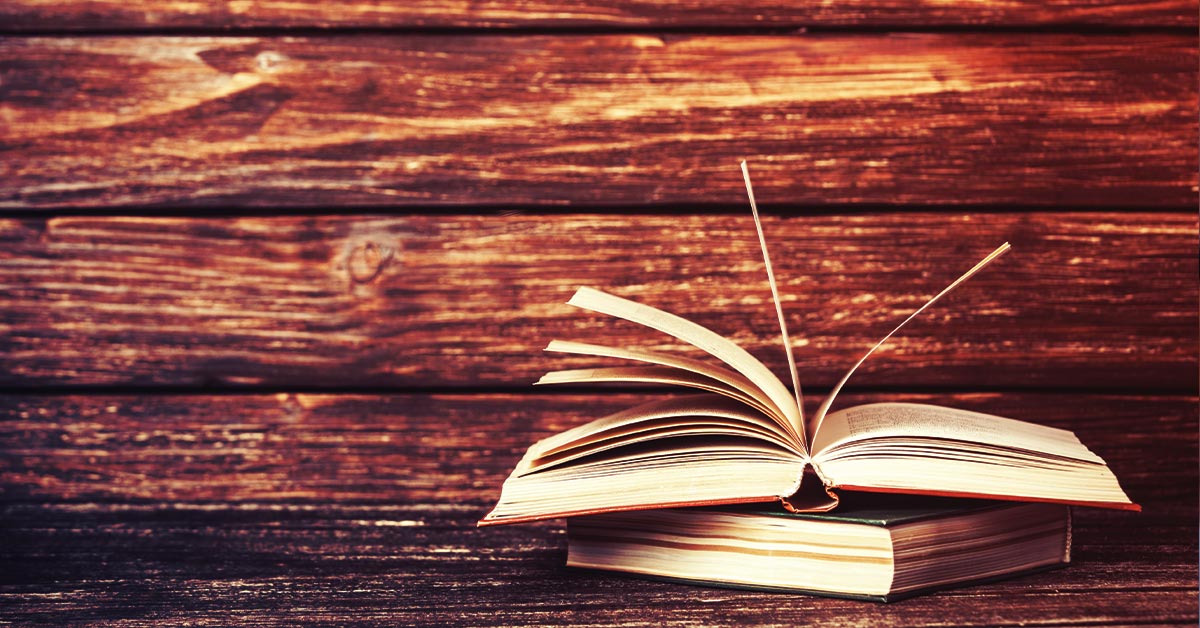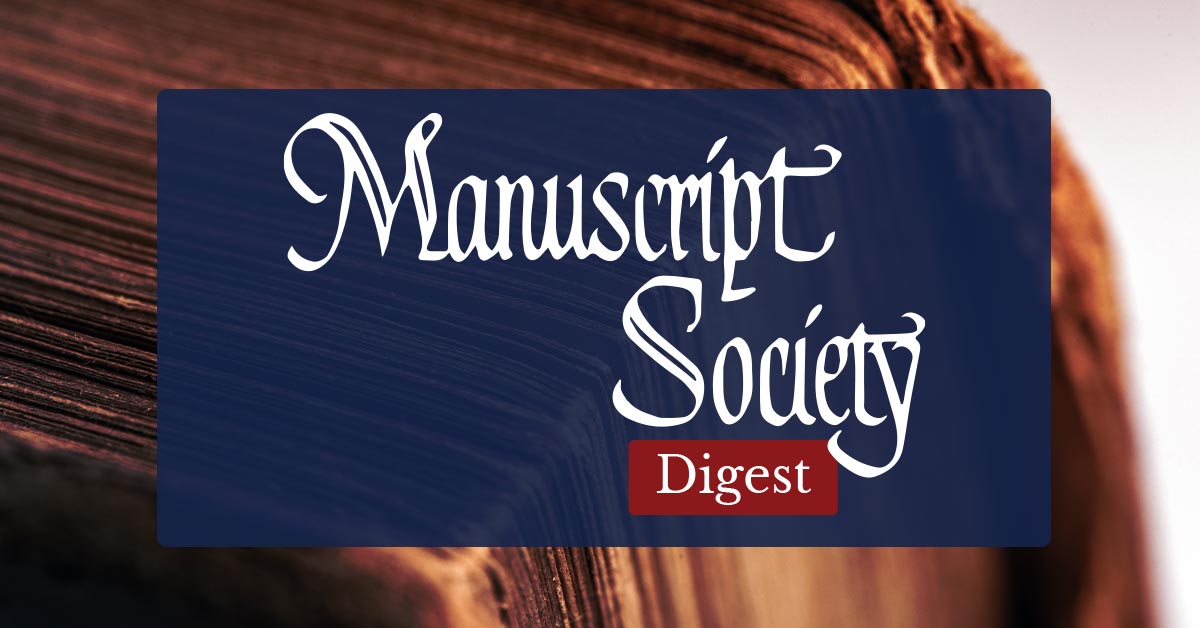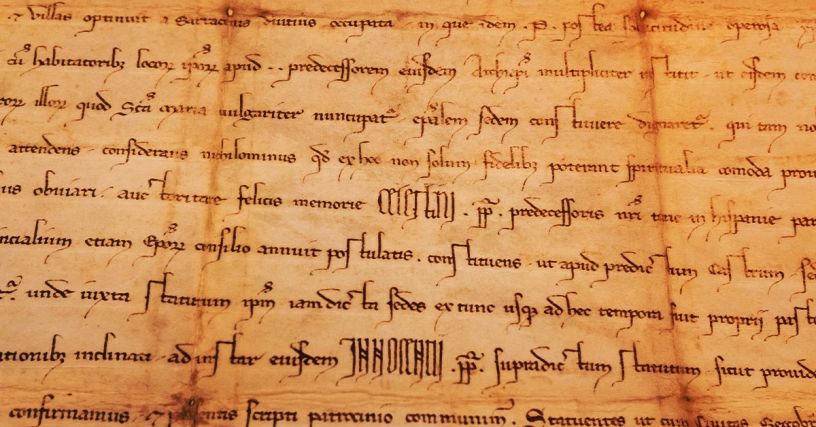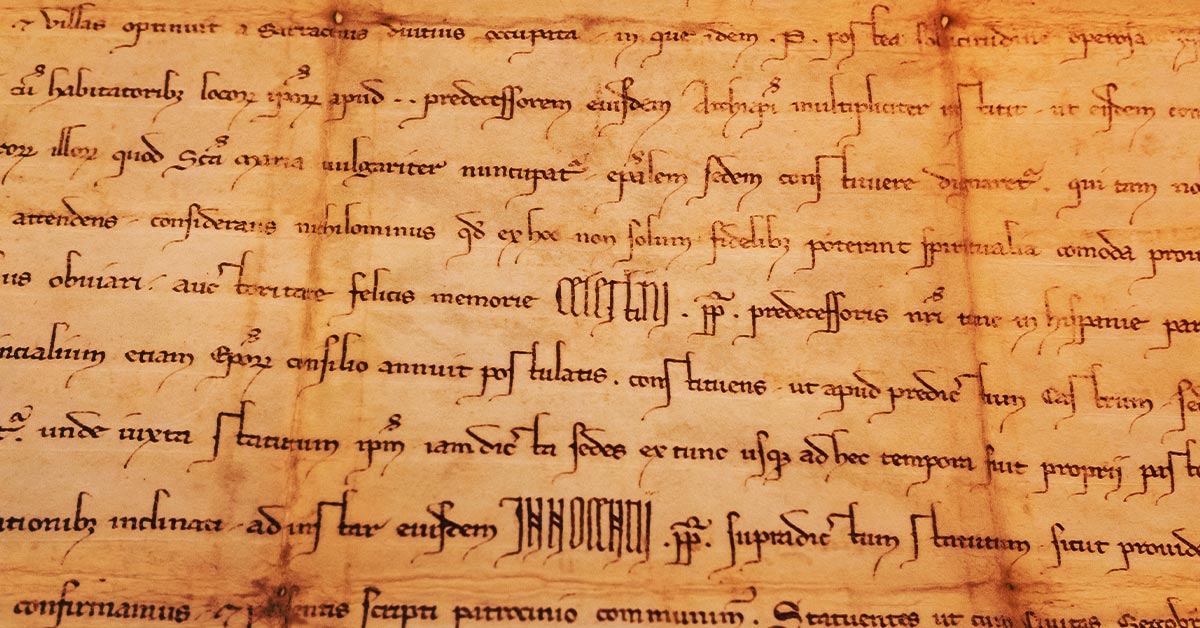
Collecting Memories – Library of Congress Exhibition
June 13, 2024 @ 8:00 AM - December 31, 2025 @ 5:00 PM EDT

June 13, 2024 through December 2025
Inaugural exhibition in the new David M. Rubenstein Treasures Gallery – Library of Congress – in Washington, DC.
Jefferson Building – Library of Congress
Collecting Memories explores how cultures preserve memory.
120 Items
Highlights include:
– Abraham Lincoln’s handwritten draft of the Gettysburg Address in 1863
– a letter to Elizabeth Schuyler Hamilton from her father, documenting the threat of yellow fever in 1801, from the papers of Alexander Hamilton
– a landmark first map of the newly independent United States compiled, printed and published in America by an American, Abel Buell in 1784
– the first printed map showing reasonably accurate geographic information about the Western U.S. Published in 1814 it is, from the expedition of Lewis and Clark
– a unique dress made of 45 paper scrolls containing poems and illustrations paying homage to Cuban and American women poets. Created by Ruth Behar and Rolando Estévez Jordán
– Omar ibn Said’s handwritten autobiography in Arabic from 1831, telling the story of how he was captured in West Africa, enslaved and brought to South Carolina, the only known memoir of its kind
– pioneering civil rights and women’s rights activist and educator Mary Church Terrell’s draft for her autobiography A Colored Woman in a White World
– playwright Neil Simon’s notebook including The War of the Rosens and what appears to be his first notes for what would become Brighton Beach Memoirs
– Sigmund Freud’s papers documenting his thoughts on how the brain processes memories
– one of the earliest printed texts in a North American Indigenous language. A dual-language catechism is written in both Spanish and Timucua. Timucua is a complex and now extinct language. Written by Franciscan missionary Francisco Pareja in 1627
– the camera owned by groundbreaking photographer Frances Benjamin Johnston. She is among the first American women to achieve prominence as a photographer
– Oscar Hammerstein’s lyric sheet working out the words for Do-Re-Mi during the creation of the musical The Sound of Music
“The stories told by these items still inspire and amaze…” said Librarian of Congress Carla Hayden. Philanthropist David M. Rubenstein added: “I think it’s important to preserve America’s treasures because the human brain still operates more effectively when it sees something for real.”

